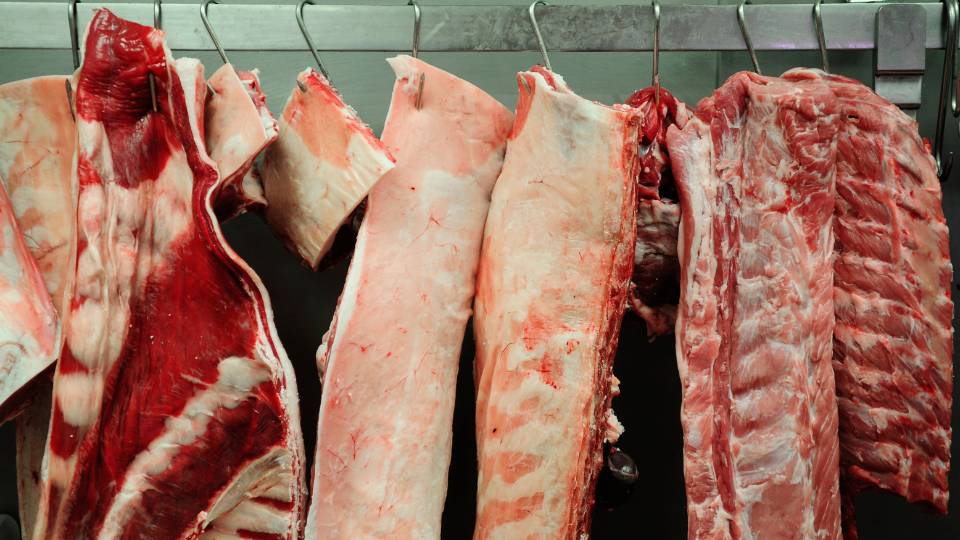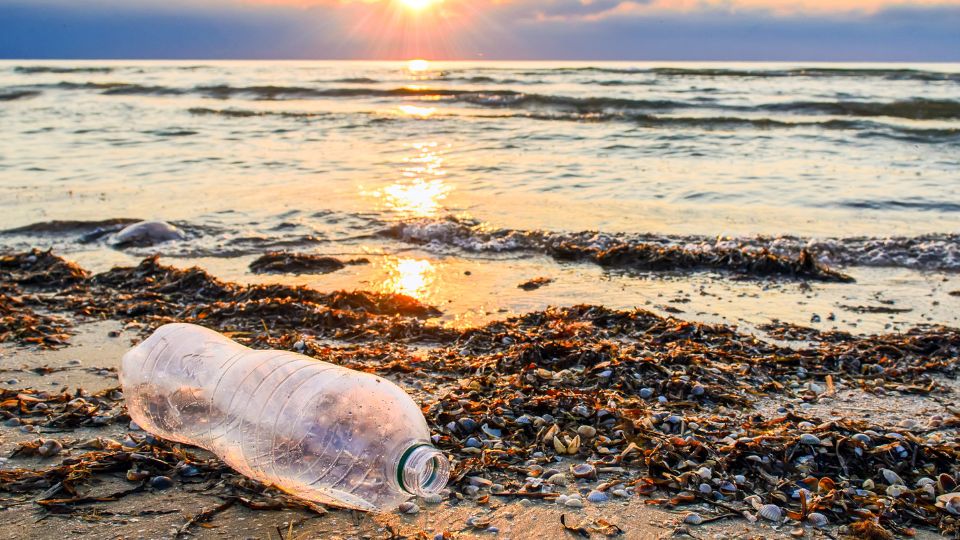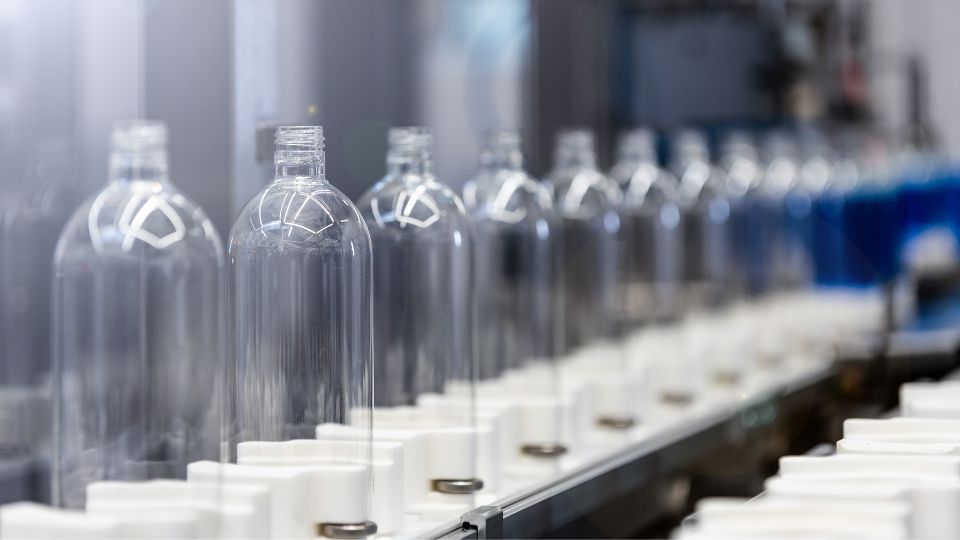
Glass vs Plastic Packaging: the debate between glass and plastic packaging is a topic that’s been debated heavily since the rise in popularity around making more sustainable choices for our planet.
As consumers become more conscious of the products and the businesses that they support with their purchases, they want to become more educated about the impact of their purchases.
In this article we will discuss the pros and cons of both materials in regards to packaging and then give our verdict on what is better for the environment: glass or plastic.
Table of Contents
- The Benefits of Glass Packaging
- The Disadvantages of Glass Packaging
- The Benefits of Plastic Packaging
- The Disadvantages of Plastic Packaging
- Conclusion
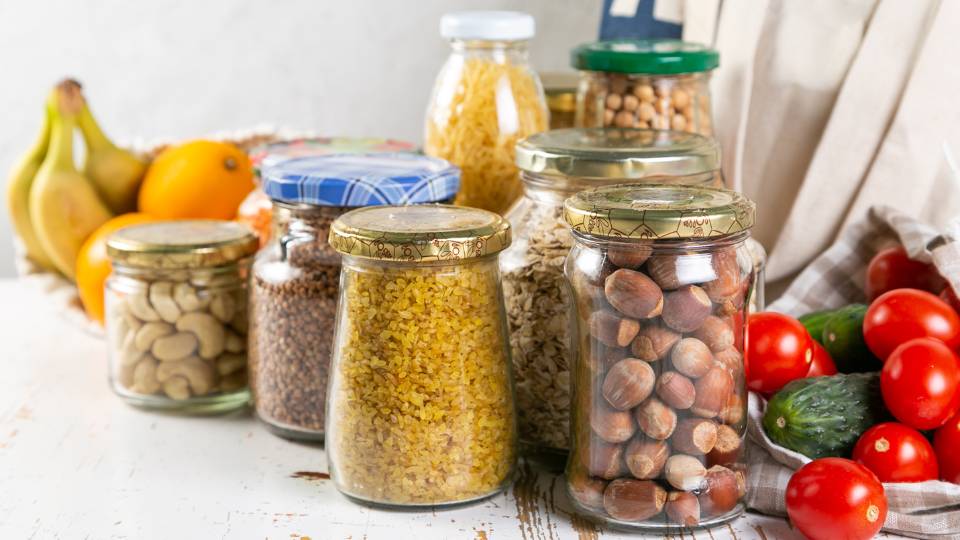
The Benefits of Glass Packaging
Glass packaging is well-known as a sustainable material.
It has lots of positive environmental benefits, but the most widely known is that it can be infinitely recycled, which is obviously a huge plus in comparison to plastics.
Durability & Recyclability
One of the best features of glass is its durability and its recyclability.
Unlike plastic, which tends to degrade with each recycling cycle, glass maintains its structural integrity which allows it to be recycled endlessly without compromising on quality.
This infinite recyclability allows us to conserve the finite resources we have to produce glass in the first place and minimises the need for more raw materials which reduces the environmental burden that’s associated with manufacturing new glass packaging materials.
Non-Toxicity & Preservation
Glass is a particularly good resource to use for consumable foods, particularly food and drinks.
Unlike plastic, which can leach harmful chemicals into the context kept inside, glass remains inert which means that it doesn’t add any nasty substances to its contents.
This non-toxicity looks after human health, but also reduces the risk of environmental contamination which helps keep our ecosystems healthy too.
Longevity & Reusability
Glass packaging has almost remarkable longevity, withstanding the test of time – much better than plastic packaging!
Glass packaging can be reused time and time again for a whole host of different products.
By using glass packaging like jars over single-use plastic, it minimises waste generation and extends the lifespan of valuable resources, which contributes to a more circular economy.
Aesthetic & Brand Image
Glass packaging is often considered more aesthetically pleasing than plastic packaging.
Its transparency allows consumers to display goods in a visually appealing way.
Glass is also usually a higher-priced material than plastic, which can often correlate with the positive way that individuals perceive glass in comparison to plastic.
In addition to this, premium items are often stored in glass packaging which can enhance their desirabiliity.
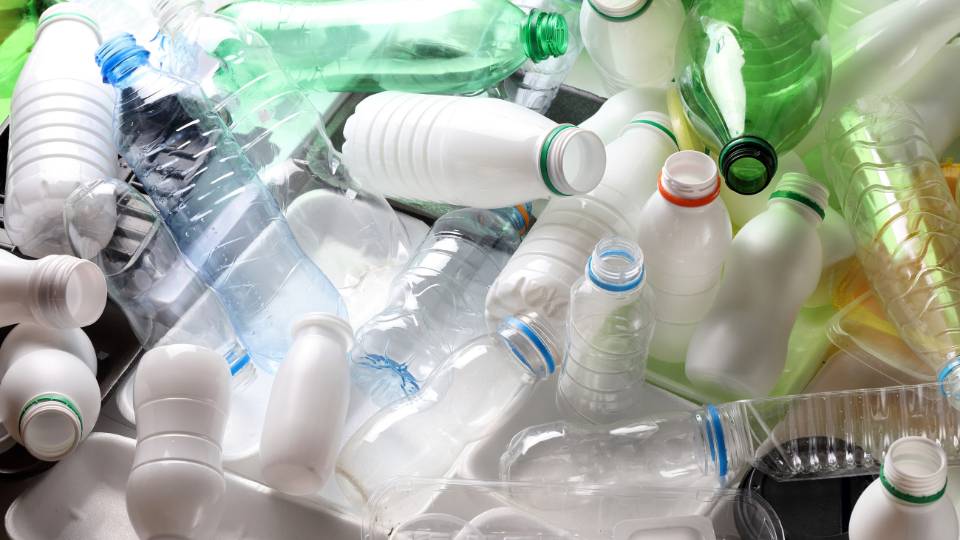
The Disadvantages of Glass Packaging
While glass packaging boasts numerous environmental benefits, it is not without its share of challenges and limitations that warrant consideration in the broader discourse on sustainability.
Whilst glass has a host of environmental benefits, it unfortunately is not without its drawbacks and limitations when it comes to sustainability.
Weight & Transportation Emissions
One of the biggest drawbacks of using glass packaging is its much heavier weight in comparison to plastic packaging.
Glass is three times as heavy as plastic, which leads to increased emissions when transporting goods in plastic packaging due to the increased fuel consumption required to transport heavier loads.
Therefore the carbon footprint and the consequently negative environmental impact of transporting glass packaging is much higher than transporting plastic packaging.
Fragility & Breakability of Glass
An obvious one to some, but one of the inherent characteristics of glass is that it is so fragile.
Plastic is not as susceptible to breakage and can withstand quite a rough handling.
This causes quite a lot of logistical challenges during the transportation of goods but also increases the likelihood of product loss and waste which means the resources used to create the goods have been wasted.
Glass waste and shards can end up in the ocean, posing a threat to marine life.
Glass Manufacturing
The manufacturing process for glass packaging is quite resource-intensive, requiring substantial energy inputs and raw materials.
While glass primarily is composed of natural materials like sand, soda ash, and limestone, the extraction and then processing of these materials usually have negative impacts on the environment.
These negative environmental impacts can include habitat destruction and high energy consumption.
In addition to all of this, the high temperatures that are required to create the glass products contribute to higher greenhouse gas emissions.
Limited Glass Recycling Infrastructure
Even though glass is highly recyclable, glass recycling facilities often suffer from inadequate infrastructure and collection systems.
Unlike plastic, which can be easily sorted and processed using automatic machinery, glass recycling often requires manual sorting and handling which increases processing costs and makes the method much more complicated.
As a result, recycling rates in different regions in the UK vary widely due to some areas lacking the necessary infrastructure to support efficient recycling practices.
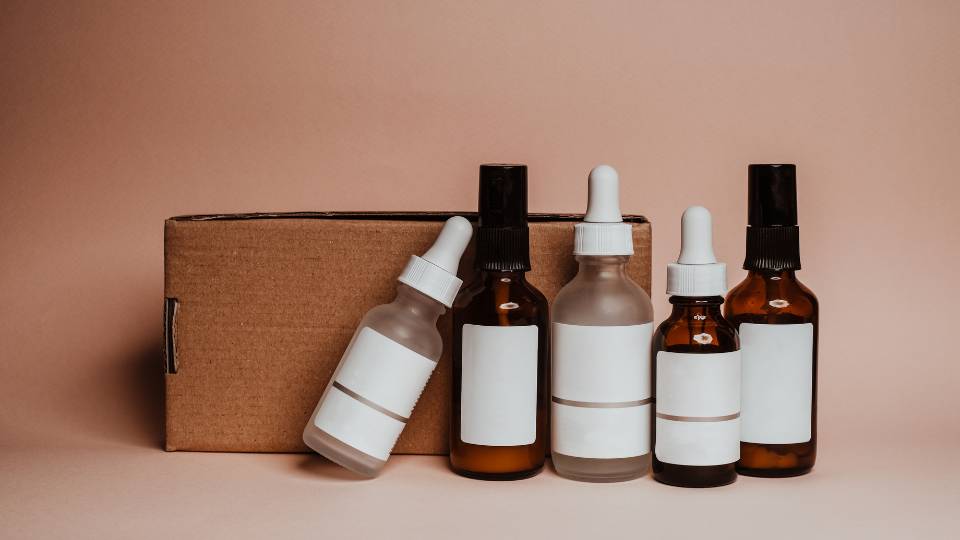
The Benefits of Plastic Packaging
Plastic packaging, despite its environmental drawbacks, offers a range of practical advantages that have contributed to its widespread adoption across various industries.
Plastic Packaging is Lightweight & Versatile
Perhaps the best thing about plastic packaging is how lightweight it is.
Plastic materials are significantly lighter than glass, which reduces transportation emissions and the logistical costs that can come with shipping and handling.
Additionally, with how flexible and malleable plastic is, it can be used for a wide array of packaging designs and configurations which can cater to a huge range of product needs.
Cost Effectiveness of Plastic Packaging
Plastic packaging is well known for being cost-effective in comparison to alternative packaging materials like glass, or metal.
The low production costs of plastic materials mean that businesses can remain competitive in the marketplace by offering their consumers lower costs.
This cost-effectiveness extends throughout the entire supply chain meaning everyone can benefit.
Durability & Protection
Plastic packaging is great at being durable and protective for various goods, ranging from food & beverages to electronics and personal care products.
Unlike glass, which is prone to breaking and shattering, plastic containers are resilient to impact and offer enhanced resistance to damage during transit and handling.
Plastic can also be engineered to have extra benefits like moisture resistance or UV protection which prolongs the shelf life and freshness of the products inside.
Innovative Design & Customisation
The flexible component of plastic means that it can be great for more innovative designs and customisation.
Plastic packaging can be molded into lots of different shapes, sizes and configurations which can allow brands to really differentiate their products and enhance visual appearance on the shelf.
Advancements in printing and labelling technologies enable high-quality graphics and branding opportunities which enhance product visibility and consumer engagement.
Recycling Plastic & Resource Efficiency
Recycling plastic can come with its challenges, but many types of plastic are recyclable and can be repurposed into new products.
Recycling initiatives and advancements in technologies have expanded the recyclability of plastic packaging, which has diverted more materials from landfills and reduced the need for virgin plastics.
Additionally, the lightweight nature of plastic materials contributes to resource efficiency, requiring fewer raw materials for producing the packaging in comparison to alternative materials.
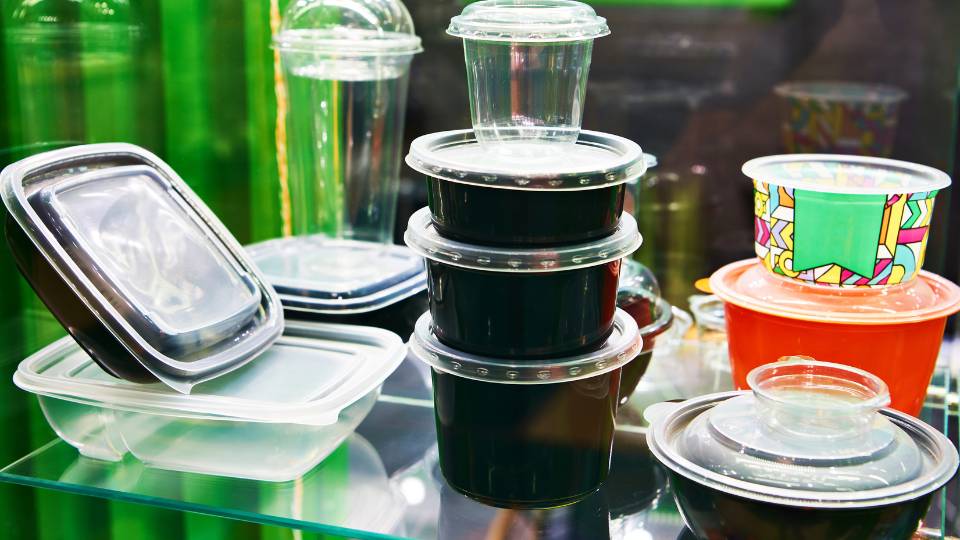
The Disadvantages of Plastic Packaging
Plastic packaging, despite its widespread use and practical advantages, is accompanied by a lot of environmental and societal challenges that warrant careful consideration and mitigation strategies.
Environmental Pollution
Perhaps the most obvious disadvantage of plastic pollution is its contribution to environmental pollution.
Plastic waste threatens ecosystems, marine life, and human health.
It persists for thousands of years, accumulating in landfills, waterways and oceans.
Plastic pollution not only spoils natural landscapes but also harms wildlife through ingestion, tangling and entrapping animals, which disrupts biodiversity.
Non-Biodegradability of Plastic
Unlike natural and organic materials like paper and cardboard, most plastics are non-biodegradable.
This means that they don’t decompose naturally over time, and instead break down into smaller fragments known as microplastics.
Microplastics can last in the environment indefinitely, and get into food chains which poses a risk to both wildlife and humans.
The accumulation of non-biodegradable plastics makes the degradation of the environment around us even worse, making waste management and disposal even worse.
Microplastic Contamination
Plastic packaging contributes to increasing the huge amount of microplastics we have in the world.
Microplastics invade the natural world, contaminating soil, water sources, and even the air we breathe.
Microplastics have been found in marine organisms (fish, plankton, whales, dolphins etc) freshwater ecosystems, and agriculture soil.
They have raised massive concerns about their potential ecological and health impacts on both terrestrial and aquatic ecosystems.
Resource Depletion & Fossil Fuel Dependency
Producing plastic packaging means heavily relying on finite fossil fuel resources such as oil and natural gas.
These resources are non-renewable and largely contribute to greenhouse gas emissions.
The extraction, refining, and processing of fossil fuels for plastic production contribute to worsening the environment and climate change, exacerbating the very problems that plastic packaging aims to address.
Not only this, the finite nature of fossil fuel resources raises concerns about long-term sustainability and resource depletion.
Chemical Leaching & Health Risks of Plastic
Certain types of plastic packaging in circulation contain chemical additives and compounds that can leach into your food, drinks as well as the environment.
These additives pose potential health risks to consumers and ecosystems.
Bisphenol A (BPA), phthalates, and other harmful chemicals found in plastics have been linked to negative health effects, including hormone disruption, reproductive abnormalities, and developmental disorders.
Additionally, plastic packaging may introduce contaminants into the environment, further worsening pollution and ecological harm.
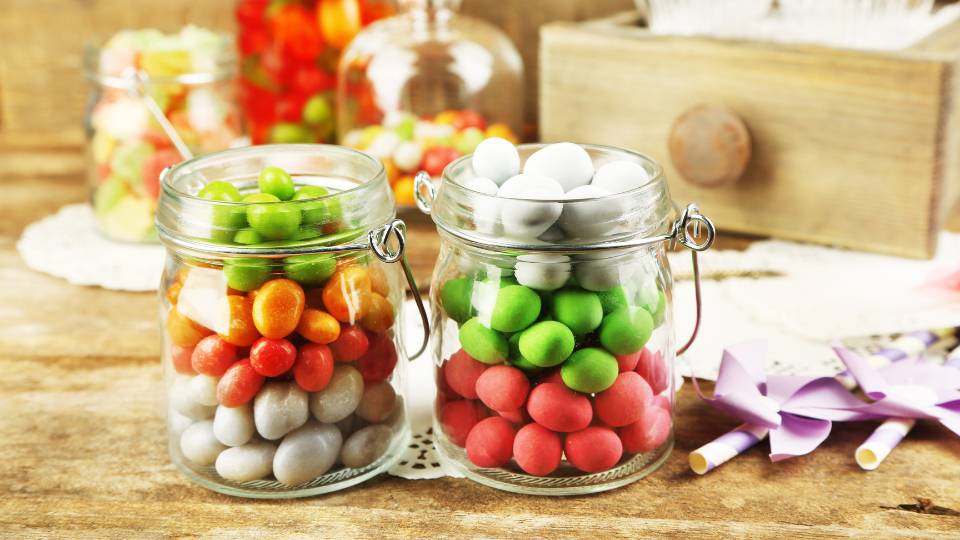
Conclusion
So, what’s better for the environment overall, plastic packaging or glass?
While both glass and plastic packaging have their respective advantages and disadvantages, when it comes to overall environmental impact, glass packaging emerges as the better option.
Despite its heavier weight and higher resource intensity in manufacturing, glass’s recyclability, purity, and non-toxicity outweigh the drawbacks associated with its use.
Glass packaging’s infinite recyclability, in addition to its ability to preserve products safely, makes it a sustainable choice for industries and consumers alike.
Additionally, glass’s inert nature mitigates concerns about chemical leaching and pollution, offering a cleaner and more environmentally friendly alternative to plastic.
Plastic packaging, while lightweight and versatile, poses significant environmental challenges, including pollution, non-biodegradability, and microplastic contamination.
Despite advancements in recycling technologies, plastic’s environmental footprint remains a pressing concern, necessitating urgent action to address its negative effects on ecosystems and human health.
In conclusion, while both glass and plastic packaging play crucial roles in modern consumption patterns, prioritising the use of glass packaging can help mitigate environmental harm and promote sustainability.
By embracing glass as the packaging material of choice and advocating for responsible consumption practices, we can contribute to a healthier planet and a more sustainable future for generations to come.

